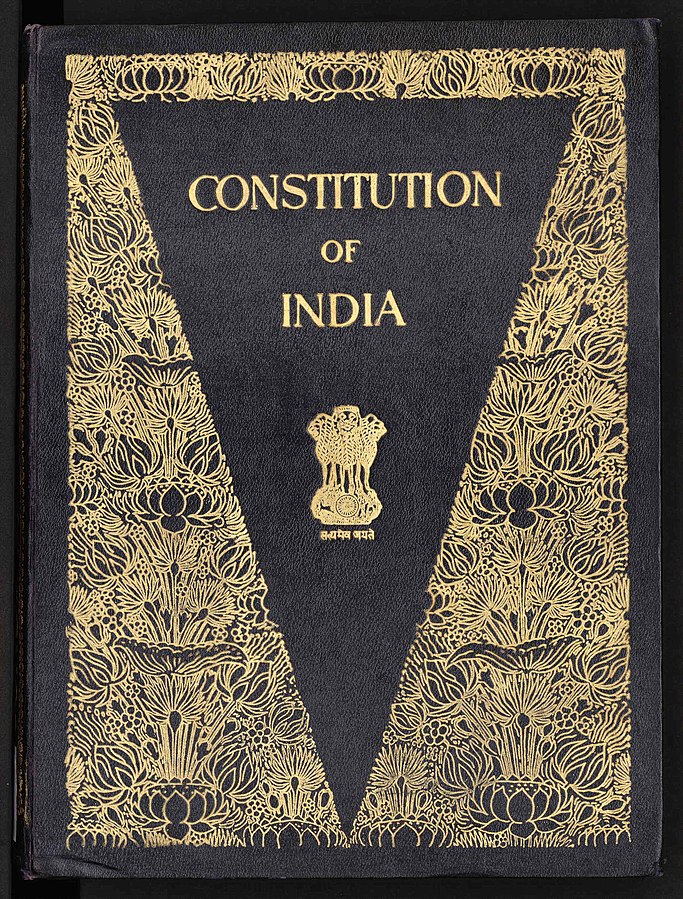
The word governor finds its roots in the Latin word ‘gubarnare’ meaning ‘to direct’, and some of the earliest administrative equivalents of the governor, too come from Rome. Modern-day Governors’ origin is traced back to the British Colonial Administration. Globally, the powers and significance of governors vary greatly. In strongly federal countries such as the United States of America, the governor is the functional executive head of a state and is democratically elected. In the United Kingdom’s overseas territories such as Gibraltar, the governor is an appointee of the British Government and plays an active role in governing and lawmaking on the advice of elected local representatives.
In India, the colonial precedent is important; the Viceroy and Governor-General (usually shortened to Viceroy) were the primary executive. Until 1858, the governor-general was selected by the Court of Directors of the East India Company, from then onwards, he was appointed by the sovereign on the advice of the British Government. After independence from England, the post of Governor-General remained until both India and Pakistan gained the status of Republic. Chakravarti Rajagopalachari, popularly known as Rajaji, was independent India’s first and last Indian Governor-General.
Debates around the post of Governor predate the establishment of the post itself. We find a rich record of debates around this from the Constituent Assembly records. K.T Shah was recorded saying- “ The Governor is a bird of passage…It is improper and unreal, therefore, to suggest that every executive action be in the name of the Governor.” Others such as PS Deshmukh were in support of the governor wielding substantial power; according to him, “After all the Governor is essentially a link between provincial autonomy and the President and the Government of India, and that function he can discharge adequately only if he has the authority to ask the Cabinet to reconsider certain things and also to keep himself informed from day to day as to what orders have been issued and what sort of administration is being carried on.” After these debates, the functions and specifications regarding the post of Governor were added under part VI of the constitution through articles 152-237.

Debates and concerns around the appointment remain to this day and have been dealt by numerous committees such as the Administrative Reforms Commission of 1968, the Rajamanar Committee of 1969, Committee of Governors of 1971, Bangalore Seminar of Experts of 1983 and, the Sarkaria commission of 1988.
Nominated by the President of India, gubernatorial appointments are not limited to just one state; because of recent amendments, a governor may be appointed for more than one state. For an unelected official, the Governor certainly has substantial power. The governor sits right at the centre of India’s quasi-federal Governmental structure and metes and doles unequal laws unto a savage state. The Governor’s appointment may seem nominal, but time and again it has proved to be a tipping point between the Central and State powers. This comes as a bonus to the Centre’s already disproportionate power against the states.
The Governor makes some of the most important appointments in the state such as that of the Chief Minister, the council of ministers, the Advocate General as well as the State Election Commissioner. These appointments are supposed to be made in consultation with the Chief Minister or the President, yet controversies arise more often than not. The Governor’s position in India has a rather unredeemable image in the context of centre-state relations because of controversies in the context of government formation by elected representatives. The Governors’ power to appoint the Chief Minister under Article 164; the right to summon, prorogue and dissolve the Legislative Assembly as per Article 174, and the recommendation of President’s rule under Article 356 in case of breakdown of the Constitutional machinery have been subject to much controversies.
The first of such controversies occurred in Chennai in 1952 when Governor Sri Prakasa invited C Rajagopalachari to form the Congress government in Madras; this caused great controversy since Gopalachari was neither an elected member of the assembly nor had he participated in the election. Another instance of this came in 1967 when non-Congress parties became eligible to form governments in numerous states, during this time Governors’ displayed their true colours as agents of the centre. The Governor’s role as the Chancellor of state university also has ample of space of opaque decision making and favouring non-incumbent party officials.
With this background, the Judiciary seems to be the only institution actively preventing misuse of the gubernatorial office. The landmark judgment by the Supreme Court in S.R. Bommai vs. the Union of India (1994) cautioned against the frequent use of Article 356 for removing state governments ruled by opposition parties. This reduced the occurrence of President’s rule from 63 during 1971-1990 to 27 between 1991 and 2010.
The centre doesn’t need any more power but it keeps pursuing it through the Governor. There is no doubt that the office of the Governor has been used as an instrument to subdue state powers; this recurring trend has been analysed and discussed by many committees as mentioned above, but we are yet to see any conscious change of conscience in the gubernatorial appointees and appointers.
Pavitra is a second year History student at Lady Shri Ram College for Women. She writes about culture, History and politics.



Hey man, was just browsing through the internet looking for some information and came across your blog. I am impressed by the information that you have on this blog. It shows how well you understand this subject. Bookmarked this page, will come back for more. You, my friend, ROCK!!!
I like this web site because so much useful stuff on here : D.
I precisely needed to thank you very much yet again. I am not sure the things that I might have used in the absence of the entire techniques documented by you directly on my situation. It previously was a real fearsome setting in my opinion, nevertheless considering your expert avenue you processed that made me to cry for contentment. I will be happier for the advice and thus hope you recognize what a powerful job you are always carrying out instructing the mediocre ones thru your blog. I am sure you’ve never encountered all of us.
I just could not go away your website before suggesting that I really loved the standard info an individual provide to your visitors? Is going to be again continuously to check out new posts.
Spot on with this write-up, I actually assume this web site needs rather more consideration. I’ll probably be once more to learn way more, thanks for that info.
F*ckin’ amazing things here. I’m very satisfied to see your article. Thanks so much and i am having a look forward to touch you. Will you kindly drop me a e-mail?
I am constantly thought about this, thanks for posting.
Do you mind if I quote a couple of your posts as long as I provide credit and sources back to your site? My website is in the exact same niche as yours and my visitors would truly benefit from some of the information you provide here. Please let me know if this okay with you. Cheers!
Thanx for the effort, keep up the good work Great work, I am going to start a small Blog Engine course work using your site I hope you enjoy blogging with the popular BlogEngine.net.Thethoughts you express are really awesome. Hope you will right some more posts.
Have you ever thought about adding a little bit more than just your articles? I mean, what you say is valuable and all. But think of if you added some great images or video clips to give your posts more, “pop”! Your content is excellent but with pics and clips, this blog could undeniably be one of the very best in its field. Very good blog!